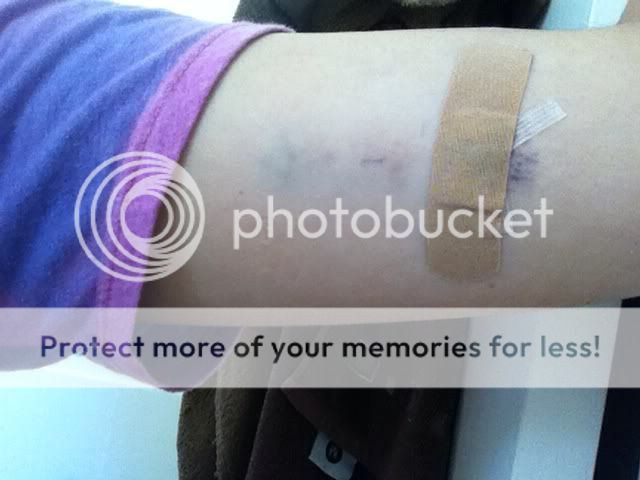

The BC-1 trial demonstrated 80% fewer device pocket hematomas when surgery was performed without interruption of warfarin, compared with warfarin-treated patients who had their anticoagulation interrupted and received heparin bridging (3.5% versus 16%, respectively). 5 In an effort to prevent CSHs, carefully considered periprocedural use of oral anticoagulant and antiplatelet management is of significant importance. 9, 10 Device hematomas are also associated with an increase in mortality as observed in population-based studies. 8 If reintervention is required, the chance of infection is increased more than 15-fold. 8–14 A clinically significant hematoma (CSH), defined as a hematoma that required reoperation or resulted in prolongation of hospitalization or required interruption of oral anticoagulation, was associated with an >7-fold increase in the subsequent risk of serious device infection in BRUISE CONTROL (Bridge or Continue Coumadin for Device Surgery Randomized Controlled Trial BC-1). 6, 7 However, most important is their association with serious device infection. 1–4 Hematomas associated with pacemaker or defibrillator surgery are not benign they are associated with an increase in the risk of reoperation, increased hospitalization duration, 5 and can extend the duration off anticoagulation. Highly varying incidences of device pocket hematomas have been observed in recent studies ranging from 1.2% when no anticoagulant is present, 2.3% to 6.5% on continued warfarin therapy, and 7% to 16% during heparin bridging. Customer Service and Ordering Information.About Circ: Arrhythmia and Electrophysiology.Stroke: Vascular and Interventional Neurology.Journal of the American Heart Association (JAHA).

Circ: Cardiovascular Quality & Outcomes.Arteriosclerosis, Thrombosis, and Vascular Biology (ATVB).


 0 kommentar(er)
0 kommentar(er)
